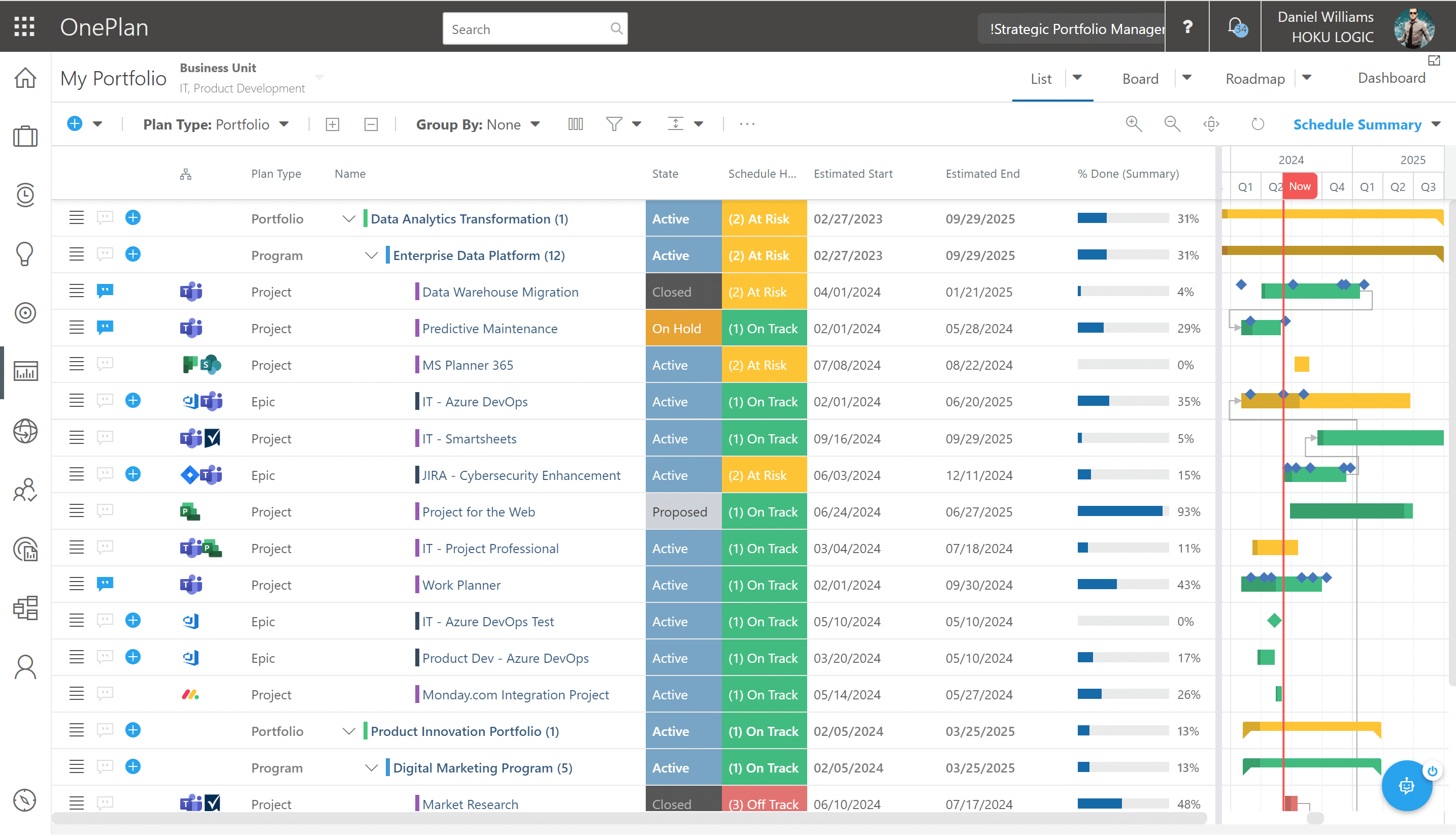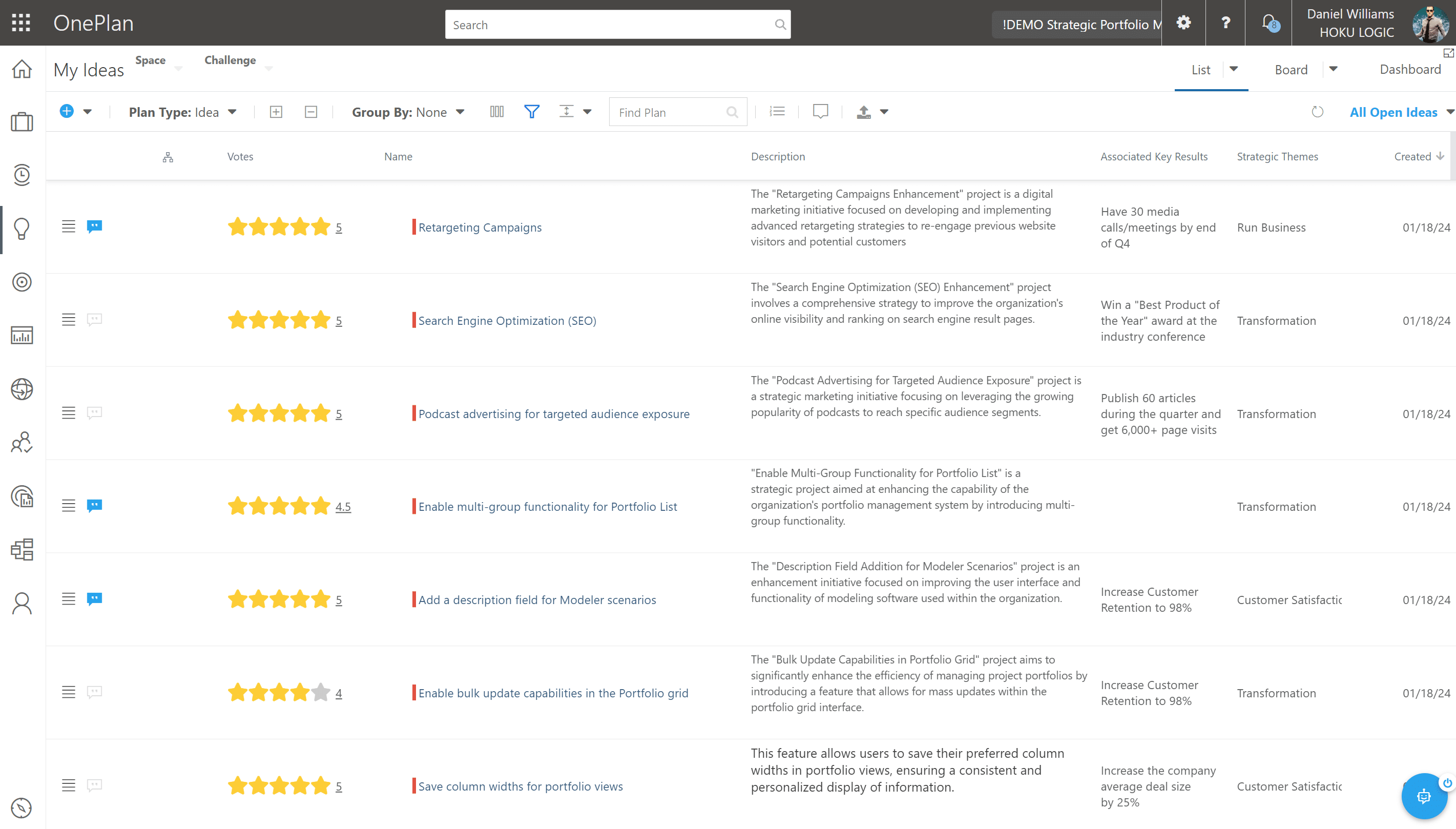
In Summary
OKRs are more than just a new name for business metrics: high performing enterprises are thoughtful about how OKRs are implemented in their culture. The success of purpose-driven organizations and the lessons learned from enterprise agility combine with OKRs to create a powerful triumvirate.
OKRs
The successful adoption of Objectives and Key Results (OKRs) addresses a problem that frustrates most CEOs – the gap between vision and execution. OKRs align leaders, departments, teams, and individuals in an organization so that the right initiatives get the proper commitment and teams have an established outline for good execution. It prevents significant waste from people working on duplicate or low priority initiatives. Done correctly, OKRs are a critical tool for generating purpose and dedication within the organization. To shareholders and investors, they demonstrate measurable progress towards significant results. And if an organization also has social objectives in harmony with their economic goals – i.e., maximizing profits while increasing benefits to society and the environment – OKRs will help win customers and their loyalty.
Let’s be clear about definitions. Objectives are where you set the finish line, for example, a profit target or sustainable use of natural resources. Strategies are what you do to get there, such as sales automation and transforming the supply chain. Key results are how you will measure progress towards those objectives, e.g., a quarterly revenue number, a percent reduction in the cost of sales, or the number of suppliers certified in sustainable practices. OKRs are typically shared goals for enterprises, departments, and teams of any size. If you want to take on a more complex challenge, you can also integrate OKRs for individual team members. At first glance, OKRs are simply a new name for ‘scorecards’ and ‘business drivers’. But OKRs are part of building a culture of trust and collaboration, not one of control, which can easily happen with traditional goal setting. The way OKRs are implemented and integrated into the organization is critical.
For creating or updating your organization’s system of OKRs, below are some DOs and DON’Ts for your design. An OKRs system includes the factors of people, process, and tools.
OKRs: DOs AND DON’Ts












OnePlan provides Microsoft’s customers with technology solutions and consulting services for OKRs.






